My trip to Hamburg was a long time coming. I made the decision to visit Hamburg in my third week of traveling when I met Niels and Trung in Porto. They sold me on it in about 5 minutes. So for nearly six months I've had Hamburg in the back of my mind. When I was in Berlin I sent Niels and Trung a note about when I was planning to visit and Trung very graciously offered to host me. And before we get into it, I should just note that Trung's couch is outstanding.
Rarely on my trip have I found it more than just slightly inconvenient to not have a phone. Honestly we rely on mobiles too much- it's quite easy (and enjoyable) to shun them and drop off the grid. Although, I know that's a bit of hypocritical statement considering I have facebook, email and this blog ha. Anyway, meeting Niels in the crowded Hamburg train station at a specified time (but without picking a location) was one instance where I could have really used a phone, or just better planning on my part.
Look at that place. And all of those signs underneath the big Philips logo is the location of a second concourse! Fortuitously I figured out which platform Niels would be coming in on and he spotted me as his train rolled in. From there we took another train to Altona, the really nice neighborhood where Trung lives. Since Niels could only be in town for one night as he had an event to attend in his home town of Bremerhaven, we decided to channel our energy for a full-on night out. Trung cooked us some chicken curry and we played some FIFA 2012 to mentally prepare.
Niels and Trung had initially planned for us to meet some of their Hamburg friends at the Hamburg Hofbrau House (same as in Munich), however, it was absolutely packed when we arrived. Not wanting to ruin our status at the auxiliary Hofbrau Cafe, it was unanimously decided to venture straight to the infamous Reeperbahn. Within 5 minutes of arriving at the first bar the unthinkable happened: shots of Mexicanas were purchased. I didn't even have time to politely decline! What the heck! But, to be fair, these were really good. After a few quick rounds and some local beer, it was time to walk the streets of the Reeperbahn but not before getting a group photo!
I love that I still look somewhat tan. Before we dive in, here's a bit of info about the Reeperbahn. During the 17th and 18th centuries the street was home to the rope makers- a vital ancillary industry in a city whose heart and soul was shipbuilding and import/export. These days it's Hamburg's nightlife center. It's also the city's red light district, occasionally referred to as the sinful mile. It was once home to Europe's largest brothel. If you've been to Amsterdam you've no doubt taken a stroll through the red light district.
That should give you a base idea, however, the Reeperbahn is like Amsterdam on crack. It's beyond overwhelming. Whereas Amsterdam's red light district seems quite orderly and almost pleasant with the intersecting canals and bars and coffee shops interjecting here and there, the Reeperbahn is a massive amalgamation of bars, clubs, brothels, and those little red booths. But unlike Amsterdam, the prostitutes are also roaming the streets as well, tugging on your jacket like hounds nipping at your heels. Beyond the bars and clubs, just walking around is an event unto itself. Here is one of the calmer side streets.
I really had no idea that it would be this crazy. Actually, it makes me think of starting an event: the Reeperbahn Run. Everyone dresses in shorts and a tshirt and tapes 5 euro notes to the front of your shirt. The goal is to run through the Reeperbahn and past the prostitutes as fast as you can. The person with the most 5 euro notes still taped to his/her shirt at the end of the run is the winner. There may be some casualties. In case you are curious, here is one of the largest brothels along the Reeperbahn.
After soaking in the sights and sounds we stopped by the 99 cent bar where, yes, everything is 99 cents. Shots, beers, everything. As you might imagine it was packed. Across the street there were a number of clubs and we decided on this one which Trung was standing outside of. And despite the name, it was just a regular club. Seriously.
It was still (relatively) early when we left the club and I immediately spotted a winner: the Matt Dillon Saloon. It was aptly set up like an old western saloon offering one size draught beers and shots of whiskey. The bartendress was cute and sung old American country songs in a (staggeringly great) country accent. It was a great taste of home.
We got to talking and I think I rudely spent the entirety of our time there chatting with the bartendress instead of our party. To the point where she stopped serving other customers and I stopped drinking, ha! Apparently she was equally fascinated by my story as I was at how a German girl could sing with such an outstanding accent. In any event, the guys finally drug me out of there and we headed off to the next bar. But... not before I knocked something very very important off my bucket list.
When you saw "Hamburg" in the title of this post, and be honest, was the first thing that popped into your mind "hamburger?" I remember back in elementary school we had a discussion about what foods are "American." The first two things in my mind were always pizza and hamburgers. We were told that, no, pizza comes from Italy and hamburgers originally came from Hamburg, Germany.
Evidently there is a quite a bit of disagreement among scholars about this second statement. From a bit of quick and cursory research, there are 6 or seven claims of the invent of the hamburger, nearly all of which are in America. There are also claims that the style of grinding beef trimmings into a "steak" and serving it originated in Hamburg. One of the more commonly accepted of these is that the hamburger was invented at Louis Lunch in New Haven, CT (I've eaten that burger and it's pretty good), but frankly it doesn't matter. I'm in Hamburg. They have hamburgers. I'm eating one damnit!
And what better place than Hamburg's most famous late-night burger joint, Hesburger. It was actually really good- the basic "Hesburger" is very similar to a Big Mac, which admittedly and somewhat embarrassingly, I've never ordered. Reinvigorated I was ready to soldier forth to the... fourth... no fifth bar. We ended up a little bit out of the main part of the Reeperbahn, much to the relief of my nerves.
The rest of the night, as best I can recall, proceeded as follows: cuba libre, meeting Irish dudes, cuba libre drinking game, forgot how to operate straw, broke straw in frustration, cuba libre, new bar with curtains as wallpaper, Super Bock, rock music, dancing to Smashing Pumpkins, does that girl have one leg?, Super Bock, Rage Against the Machine, burned by cigarette, Super Bock, can't finish this Super Bock, Niels: "we have to have one more drink," in a cab, Trung's not answering the door, yay couch!
I awoke a few hours later to Niels returning and crashing. I have to tip my hat to the man because after getting in at 7am, he left the apartment at noon to go back to Bremerhaven for an event similar to Oktoberfest where he would be drinking beer out of 1 liter steins all day. Frankly the best I could muster was summoning the strength for a few hours stroll around the city. I really am starting to get old.
The first destination was the port. Hamburg has an illustrious history as a great port and shipbuilding city. These days it's the third largest port in Europe and the eighth largest in the world. And, it's glorious. I once reminisced to Kev about the spectacle that is the Istanbul port- well my friends, Hamburg is almost equally majestic... in a giant container ship sort of way of course.
But the really cool thing about Hamburg is the canals. They snake all throughout the city and according to the tour I took the next day, Hamburg has more bridges than Amsterdam, London, and some other bridge-laden city combined. But pretty much everywhere you look is water.
My favorite part of the city is the Speicherstadt, which roughly translates to warehouse city. For a great portion of it's history Hamburg was a customs free (tax free) city, which obviously made it a hugely popular port. This right was conferred by Holy Roman Emperor Frederick I in 1189 (via an allegedly forged document). In 1266 Hamburg became part of the Hanseatic trading league. It remained as a "free imperial city" until the dissolution of the Holy Roman Empire in 1806 when it became a sovereign state known as the Free and Hanseatic City of Hamburg. To this day it's referred to as HH.
During German unification in 1871, it was decreed that Hamburg could no longer keep it's tax free status, however, a compromise was made. The compromise stated that any trade within the city was to be taxed but anything outside the limits, including the area known as Kehrweider would remain customs free. The only problem- there were no docks, warehouses, or other shipping facilities built in Kehrweider. No problem- simply evict everyone living there and start building!
It seems absurd but that's exactly what happened. The Hamburg government evicted some 20,000 people, leveled the place, and began building the "warehouse city." The area was under construction from 1883 to 1927. The result was a fascinating series of canals, docks, warehouses, rails, cranes, and any other ancillary structures needed to support an industry of that size. There is a really cool cross section of what Speicherstadt looked like on wikipedia. These days, the warehouses still stand but have been converted into art, music, restaurant, office, museum, you name it space. Looking up and down the canals from the bridges is almost spooky.
The cool thing about the canals in Hamburg is that they are prevalent even in the downtown business district, butting right up against nice office buildings. I hope the current is strong in the summer or Hamburg would be Mosquitopolis.
In addition to its illustrious history as a world port epicenter, Hamburg also has a tragic history as a result of the second World War. In July 1943 the Allied forces laid waste to Hamburg in a series of bombing raids. The most damage was done by firebombs creating a large conflagration which, due to the winds, resulted in a firestorm sweeping through the city. The flames were something like 500 feet high. Around 42,000 civilians were killed and around 90% of the city was destroyed. Among the many structures destroyed in the raids was the imposing St. Nicholas church. The city left it in a state of ruin as a reminder of the tragedy of war.
As you can see, the only remaining free standing structure is the church tower. Another impressive edifice of Hamburg which survived both the bombing raids and because of the Great Fire of 1842 (more on this later) which burned the old town hall, is the new Rathaus. It was completed in 1897 and survived the bombings largely because the Allied bombers used its steeple as a guiding point for locating other targets.
Nearby you have the Rathausplatz where one of the main canals joins up with the Binnenalster (small lake). There are swans which inhabit this area of water that are bigger than most dogs. They are protected by law- you can't kill, attack, or even insult the swans and hope to escape punishment from the vigilant Hamburg authorities. I'm not sure how you insult a swan sufficiently enough to warrant retribution, however, I did whisper to them that their feathers looked mangey. They were appalled.
From there it was time to call it a day. That night, Trung fixed some pizzas at his apartment and we more or less just chilled. Eventually we made it down to a cafe near his place for a few beers and some solid tunes but that was about it as we had done about a week's worth of partying the night before. The next day I embarked on the free tour of Hamburg (somehow I've gotten my typical routine all backwards).
It was at one of our first stops, St. Peter's Church, that I learned about the Great Fire of 1842. Apparently it was started at a tobacco factory near the main canals by a disgruntled employee and spread rapidly throughout the city. Nearly 25% of the old town was destroyed including the original St. Peter's. The church was eventually rebuilt (and survived WWII) in more or less the original medieval style.
After the Great Fire and in the late 1800's when Hamburg was growing as an extremely prosperous port city, most of the large shipping companies built huge accounting houses in one of the districts destroyed by the fire. It was here that all of the bookkeeping was done. Accountants these days have a tough gig but I think it certainly beats grinding out computations on ledger by hand in one of those places. My favorite of these huge buildings is the Chile Haus, so named for the owner of the company's dealings with Chile.
Designed to look like a ship, it is clearly the most unique and inspired of the accounting houses (and also apparently the most photographed thing in Hamburg). Crap. As I write this my computer is running out of battery and there are no plugs downstairs in this hostel. So... here's the rapid edition. Some canals with cool reflection:
This small canal behind St. Nick's is where the Great Fire of 1842 began. It's also one of the few places in the old part of Hamburg that retain the original Dutch style architecture. The water level rises and falls around 3 meters (9 feet) with the tides. It was low tide in this picture.
Hey! A nice day in Northern Europe. Enjoy:
All over Germany you will find these: Fritz-kolas. It's just a regular cola but it's made in Hamburg. I think it tastes very very very similar to RC, but what do I know.
At the very end of the Speicherstadt you're able to get a really awesome picture of where the canals finally converge. And... so here it is:
From there I walked to the Binnenaslter which is the small lake in the middle of town. Along the way to Binnenaslter, I had the following thoughts:
"Walking the streets and seeing the leaves fall it reminds me of the change in seasons and, therefore, the changes in me during this trip, the two of which have seemingly overlapped to perfection. In the spring I was being reborn into a new world- eager to experience anything and everything I could, it was all about the future. In the summer things happened so quickly and I lived every day in the moment- it was all about the present. Now it's the fall and I find myself reminiscing on what has transpired in my life, the trip, and how I've changed and grown- it's all about the past."
I contemplated these things as I headed from the hauptbanhof toward the lake. It's odd yet seemingly appropriate how this trip has gone. From initially struggling to process my past life and start a new life, to living for the moment, and finally here I am reflecting on things. I find myself nearly constantly contemplating the past- as I've done many an autumn day. Although this time is different. So much has happened in the past year, hell- the past 7 years, that there is more than enough to ruminate on. It's both my favorite and least favorite part of the autumn. You think about all the happy great moments, but equally about all the ones you wish you could change.
Anyway, at this appropriately reflective lake you can get some great shots of the important buildings (spires) poking up around Hamburg. Also, this would be a lovely place to pack a picnic- or if not here then at the big lake very nearby.
In addition to its illustrious history as a world port epicenter, Hamburg also has a tragic history as a result of the second World War. In July 1943 the Allied forces laid waste to Hamburg in a series of bombing raids. The most damage was done by firebombs creating a large conflagration which, due to the winds, resulted in a firestorm sweeping through the city. The flames were something like 500 feet high. Around 42,000 civilians were killed and around 90% of the city was destroyed. Among the many structures destroyed in the raids was the imposing St. Nicholas church. The city left it in a state of ruin as a reminder of the tragedy of war.
As you can see, the only remaining free standing structure is the church tower. Another impressive edifice of Hamburg which survived both the bombing raids and because of the Great Fire of 1842 (more on this later) which burned the old town hall, is the new Rathaus. It was completed in 1897 and survived the bombings largely because the Allied bombers used its steeple as a guiding point for locating other targets.
Nearby you have the Rathausplatz where one of the main canals joins up with the Binnenalster (small lake). There are swans which inhabit this area of water that are bigger than most dogs. They are protected by law- you can't kill, attack, or even insult the swans and hope to escape punishment from the vigilant Hamburg authorities. I'm not sure how you insult a swan sufficiently enough to warrant retribution, however, I did whisper to them that their feathers looked mangey. They were appalled.
From there it was time to call it a day. That night, Trung fixed some pizzas at his apartment and we more or less just chilled. Eventually we made it down to a cafe near his place for a few beers and some solid tunes but that was about it as we had done about a week's worth of partying the night before. The next day I embarked on the free tour of Hamburg (somehow I've gotten my typical routine all backwards).
It was at one of our first stops, St. Peter's Church, that I learned about the Great Fire of 1842. Apparently it was started at a tobacco factory near the main canals by a disgruntled employee and spread rapidly throughout the city. Nearly 25% of the old town was destroyed including the original St. Peter's. The church was eventually rebuilt (and survived WWII) in more or less the original medieval style.
After the Great Fire and in the late 1800's when Hamburg was growing as an extremely prosperous port city, most of the large shipping companies built huge accounting houses in one of the districts destroyed by the fire. It was here that all of the bookkeeping was done. Accountants these days have a tough gig but I think it certainly beats grinding out computations on ledger by hand in one of those places. My favorite of these huge buildings is the Chile Haus, so named for the owner of the company's dealings with Chile.
Designed to look like a ship, it is clearly the most unique and inspired of the accounting houses (and also apparently the most photographed thing in Hamburg). Crap. As I write this my computer is running out of battery and there are no plugs downstairs in this hostel. So... here's the rapid edition. Some canals with cool reflection:
This small canal behind St. Nick's is where the Great Fire of 1842 began. It's also one of the few places in the old part of Hamburg that retain the original Dutch style architecture. The water level rises and falls around 3 meters (9 feet) with the tides. It was low tide in this picture.
Hey! A nice day in Northern Europe. Enjoy:
All over Germany you will find these: Fritz-kolas. It's just a regular cola but it's made in Hamburg. I think it tastes very very very similar to RC, but what do I know.
At the very end of the Speicherstadt you're able to get a really awesome picture of where the canals finally converge. And... so here it is:
From there I walked to the Binnenaslter which is the small lake in the middle of town. Along the way to Binnenaslter, I had the following thoughts:
"Walking the streets and seeing the leaves fall it reminds me of the change in seasons and, therefore, the changes in me during this trip, the two of which have seemingly overlapped to perfection. In the spring I was being reborn into a new world- eager to experience anything and everything I could, it was all about the future. In the summer things happened so quickly and I lived every day in the moment- it was all about the present. Now it's the fall and I find myself reminiscing on what has transpired in my life, the trip, and how I've changed and grown- it's all about the past."
I contemplated these things as I headed from the hauptbanhof toward the lake. It's odd yet seemingly appropriate how this trip has gone. From initially struggling to process my past life and start a new life, to living for the moment, and finally here I am reflecting on things. I find myself nearly constantly contemplating the past- as I've done many an autumn day. Although this time is different. So much has happened in the past year, hell- the past 7 years, that there is more than enough to ruminate on. It's both my favorite and least favorite part of the autumn. You think about all the happy great moments, but equally about all the ones you wish you could change.
Anyway, at this appropriately reflective lake you can get some great shots of the important buildings (spires) poking up around Hamburg. Also, this would be a lovely place to pack a picnic- or if not here then at the big lake very nearby.
Like that photo. Here you go: obligatory photo of yours truly.
Here is one last one of the lake in case you didn't believe me:
And finally, I worked my way around toward the train station to head back to Altona. Nearby I located a currywurst shop. It seemed relatively price reasonable so I ordered one. Whoa, I was not prepared for what I got... it was huge! Enough for 2 or 3 people!
My last night in Hamburg I bought some wine for myself and beer for Trung for being such a great host. It ended up being a very chill Sunday evening- drinking a little wine and beer, having a schnitzel and some fried rice, and watching The Avengers on his massive TV. After the past weeks in Germany, a nice quiet evening was exactly what I needed. In fact, I was hoping to get a few more in the future. Next up: Koln (Cologne) and Dusseldorf, my last two stops in Germany.
Here is one last one of the lake in case you didn't believe me:
And finally, I worked my way around toward the train station to head back to Altona. Nearby I located a currywurst shop. It seemed relatively price reasonable so I ordered one. Whoa, I was not prepared for what I got... it was huge! Enough for 2 or 3 people!
My last night in Hamburg I bought some wine for myself and beer for Trung for being such a great host. It ended up being a very chill Sunday evening- drinking a little wine and beer, having a schnitzel and some fried rice, and watching The Avengers on his massive TV. After the past weeks in Germany, a nice quiet evening was exactly what I needed. In fact, I was hoping to get a few more in the future. Next up: Koln (Cologne) and Dusseldorf, my last two stops in Germany.
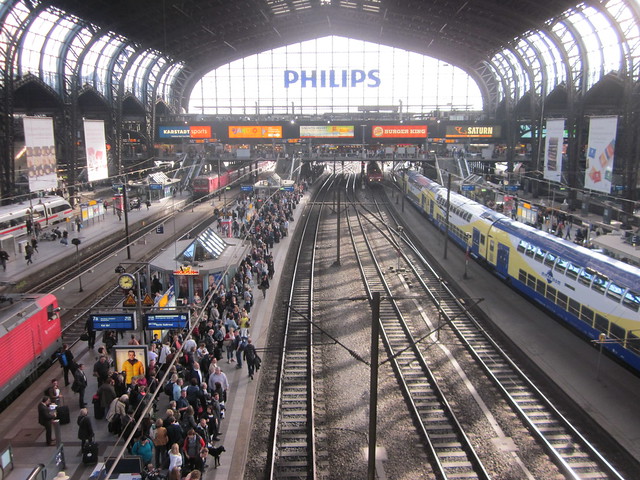
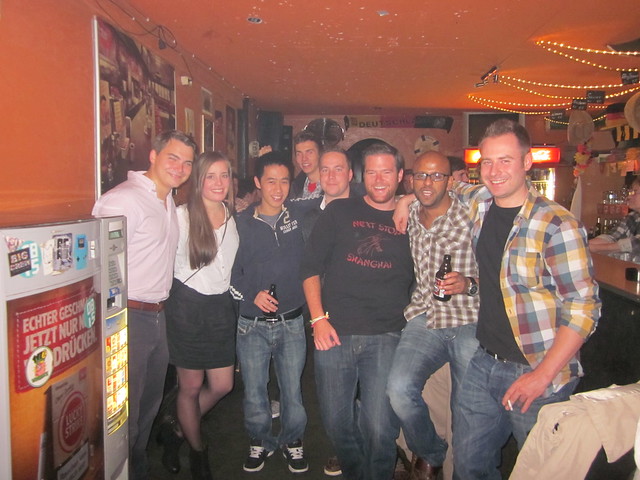
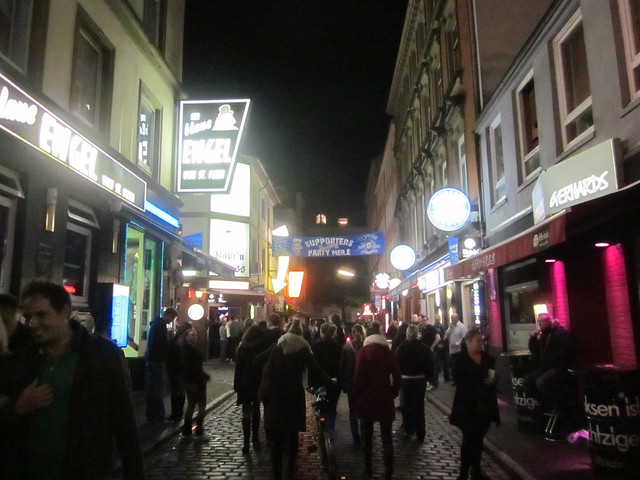


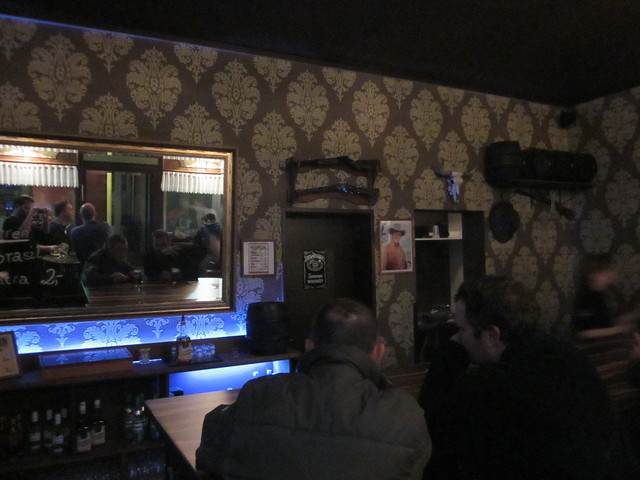
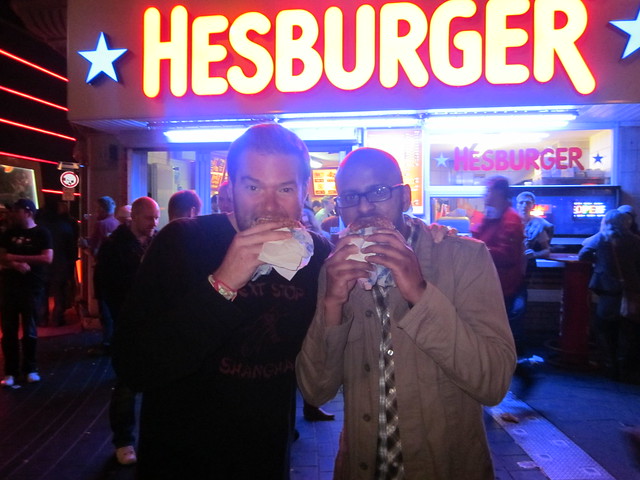
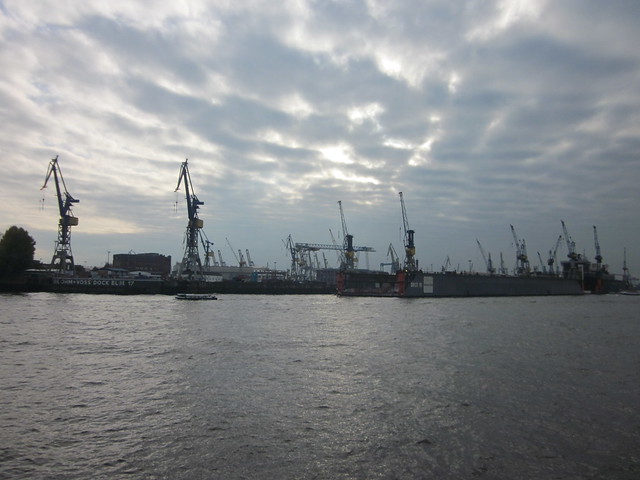
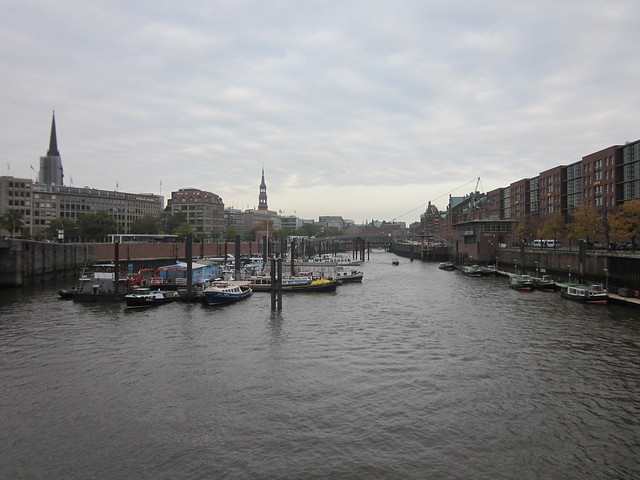
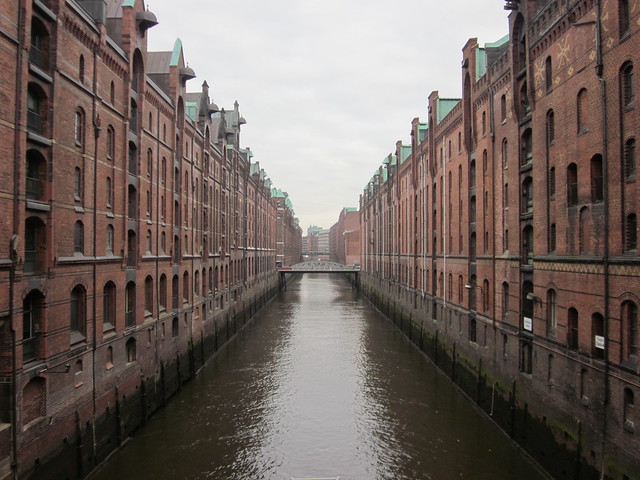

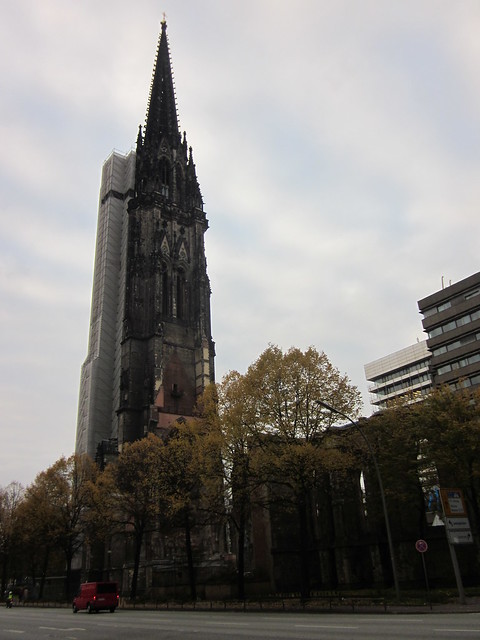
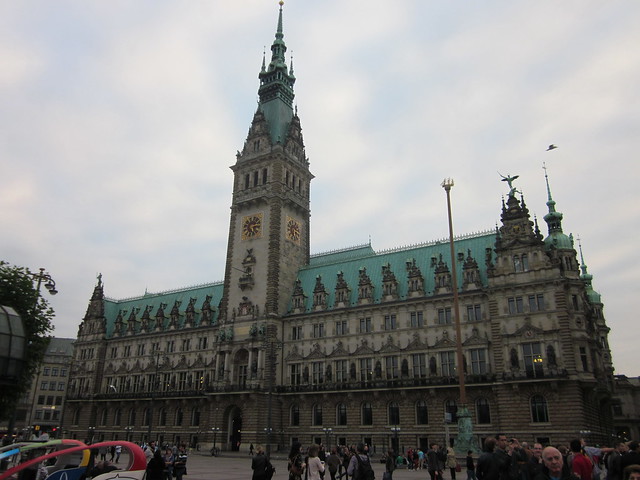
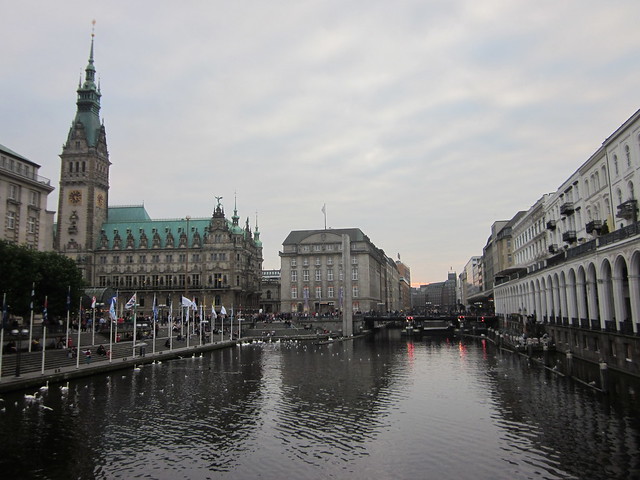
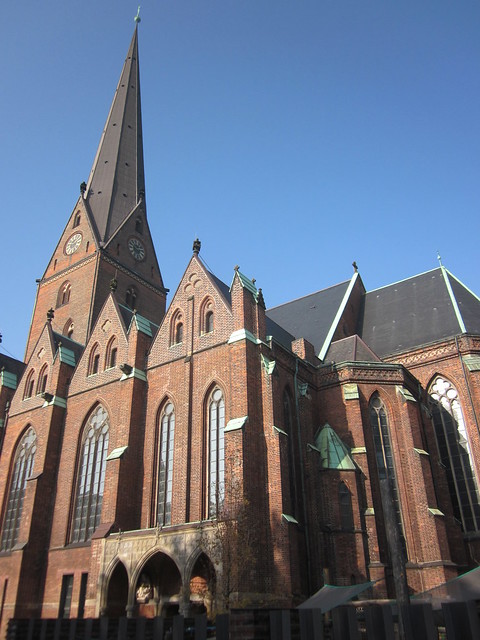




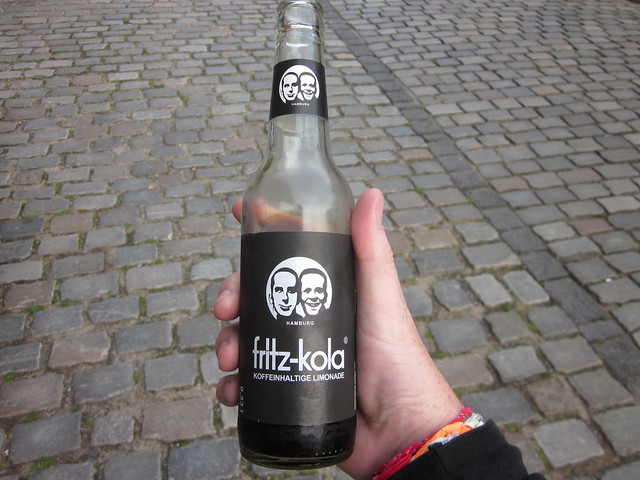
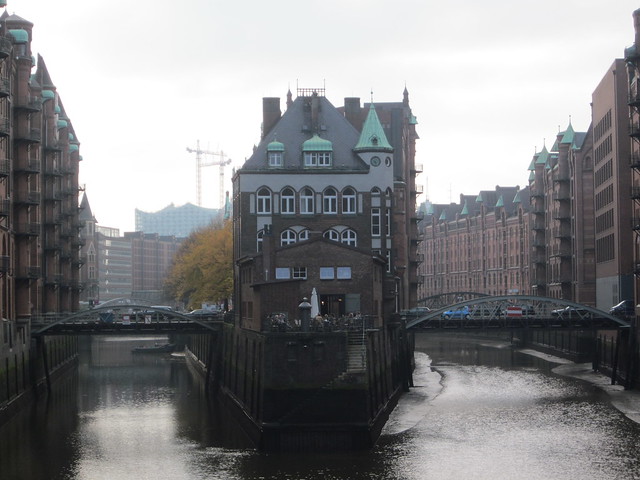
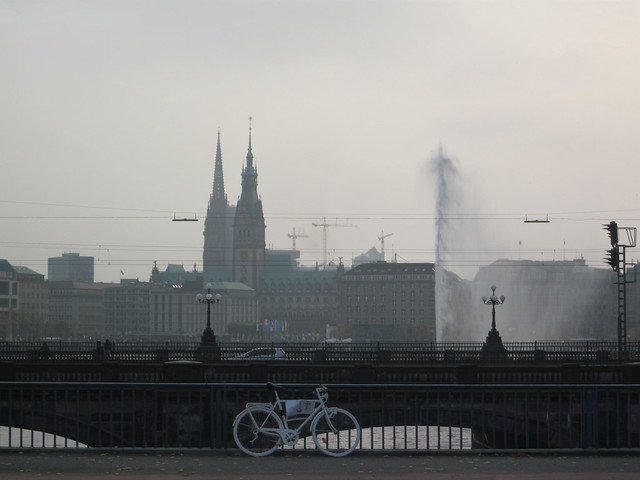


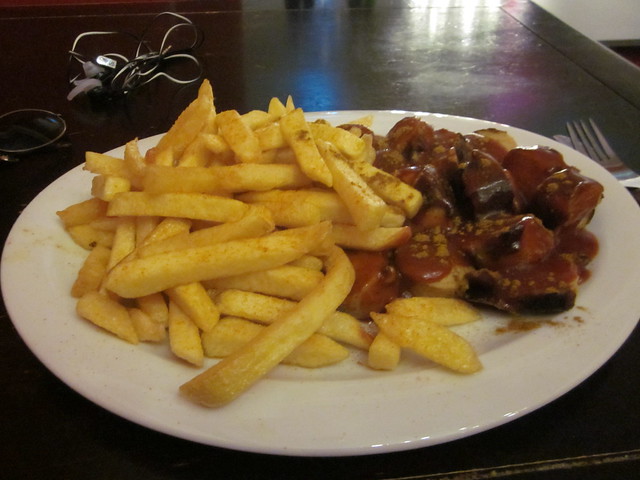
No comments:
Post a Comment